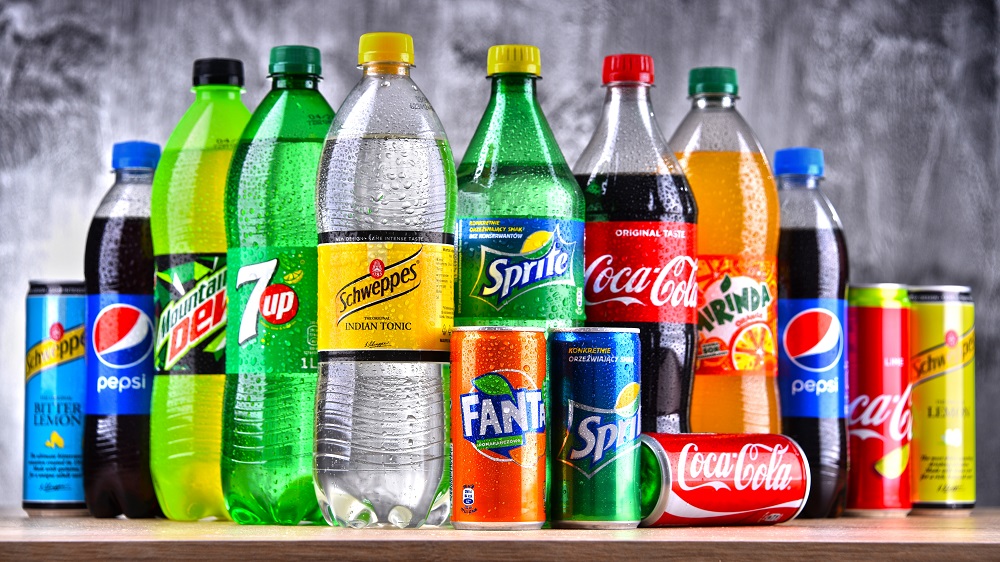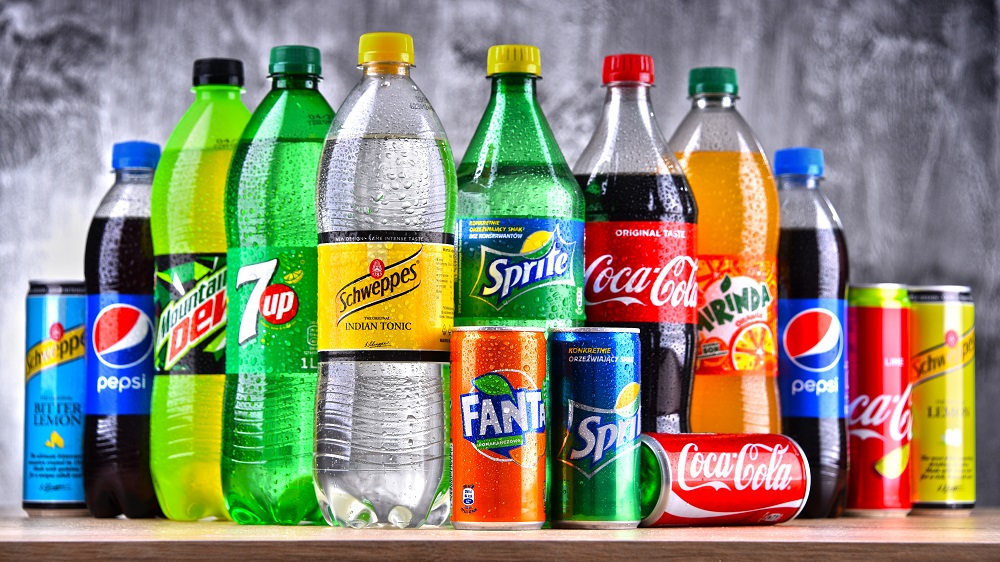
Is Soda Pop Sustainable?
Everybody knows that soda pop has no redeeming nutritional qualities. It contributes to weight gain and diabetes, damages multiple internal organs, and contains harmful chemical ingredients. Diet sodas contain artificial sweeteners that may be as unhealthy as sugar. But let’s face it, nobody is giving up their fizzy drinks because of science. Even if we’re committed to our empty calories, it doesn’t mean we have to harm the planet as well as our bodies – or does it? What are the sustainability issues surrounding our soda choices?
The Water
Like all beverages, soda pop is mostly water. Every liter of soda requires 2.7 liters of water to make – not counting the water used in agriculture to grow sugar. That seems like a lot, but it’s actually better than a lot of other beverages – a single cup of coffee can take 140 liters of water. However, bottling plants are not exactly low-impact industries. Beverage manufacturers are most infamous for depleting water supplies in the service of bottled water, but the water used in soda often comes from poverty-stricken, drought-prone areas, too. In India, Coca-Cola has not only contributed to groundwater depletion, it has also been repeatedly called out for water pollution and offloading contaminated waste onto local farmers for use as fertilizer.
The Sugar
Ingredients contribute between 7% and 14% of soda’s carbon footprint. Most of that comes from sugar, which is the primary ingredient in soda pop, regardless of brand or flavor. There are serious environmental and human rights concerns related to cane sugar production. But in most cases, the sugar in American soda cans is high fructose corn syrup. In the United States, corn is usually grown in chemical-intensive monocultures that deplete the soil and contribute to the Gulf of Mexico dead zone. Overall, soda made with domestically grown sugarcane instead of HFCS has a slightly smaller footprint, if you can find it. Unsweetened seltzer waters are an even greener choice.
The Bubbles
The fizz in carbonated beverages comes from carbon dioxide, the most significant contributor to climate change. That’s a pretty direct environmental downside. However, the amount of CO2 in a liter of soda is about 4.85 grams, while burning a liter of gasoline releases 2,392 grams of CO2. So you’d have to drink a lot of soda to equal the environmental damage of one car ride to the 7-11. There are a lot of good reasons to drink less soda. But unless you’ve already replaced your car with a bike and switched to solar power, the bubbles in your drink aren’t among them.

Packaging
Packaging contributes much more to the footprint of soda than it does to other beverages – between 59% and 77% compared to tea, where packaging is barely a consideration. Beverage companies Coke, Nestle, and PepsiCo are the three largest plastic polluters in the world. Recycled aluminum soda cans came out ahead of glass and plastic as the most environmentally friendly packaging for pressurized drinks. Soda fountains, like the ones at the convenience store, eliminate cans and bottles. But unlike coffee, where it’s common to use your own mug, soda fountains almost always involve disposable cups.
Home soda-making kits eliminate individual serving packaging entirely. Using your own tap water, which is generally the most sustainable beverage option, is another plus. Recycling the carbon dioxide canisters will further shrink your home soda’s footprint. But be sure you really need it – if your home soda-maker will supplement rather than replace your commercial soda habit, or will end up collecting dust after a few months, you are just creating more waste and a recycling hassle for yourself down the road.
Organic
Because soda involves so few ingredients, organic certification matters less than for other beverages, like juice. But it is still meaningful. USDA-certified organic standards govern soil quality, pest and weed control, and use of additives. Packaged foods like soda are prohibited from containing artificial preservatives, colors, or flavors.
A Big Gulp
As reviled as soda pop is, it has a relatively low carbon footprint compared to other beverages or processed foods. If you drink plain seltzer in a can or a certified organic brand that uses domestically grown cane sugar, or you routinely make your own soda at home, you can enjoy your fizzy drink with a clear conscience. That is, at least until your next dentist appointment.
This article was originally published on May 27, 2021.